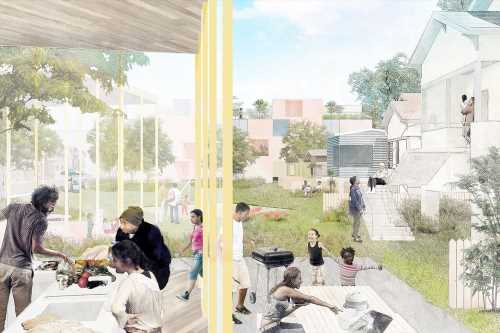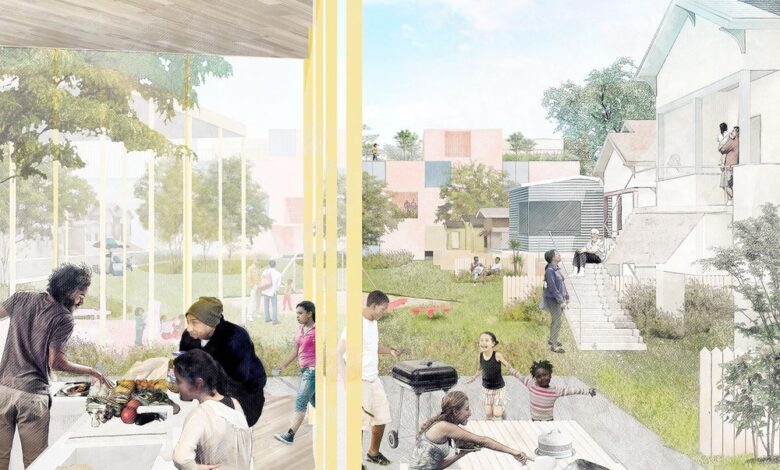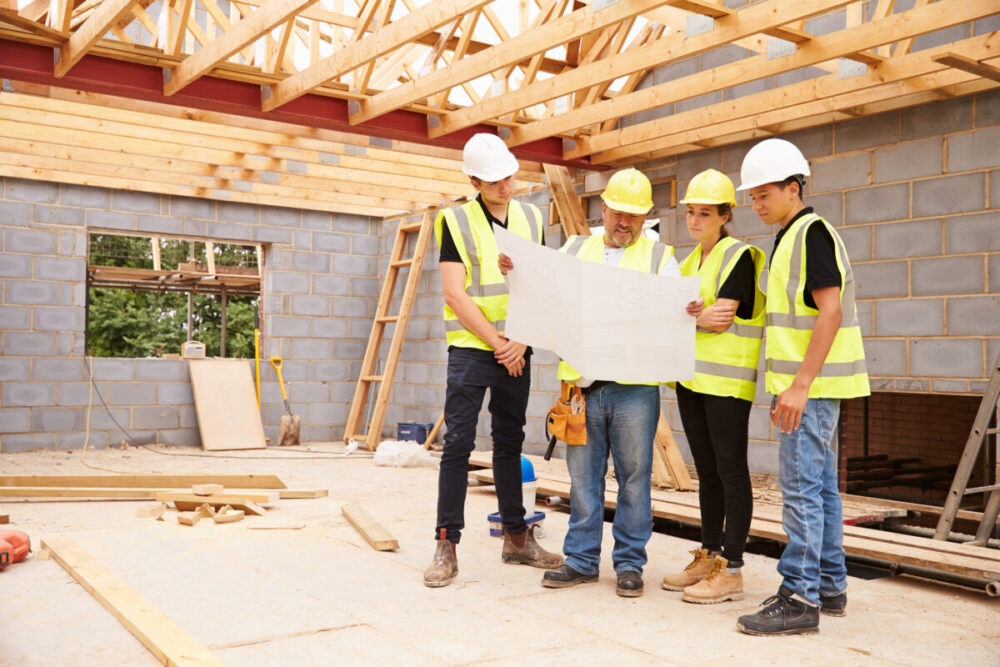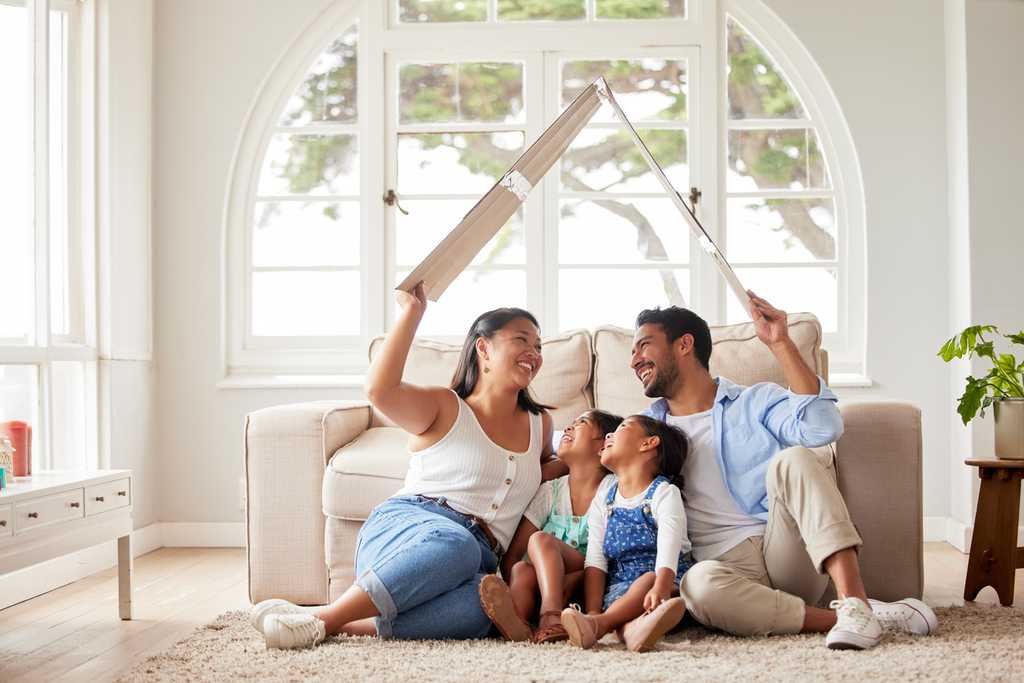When building or renovating a home, homeowners have to make important decisions about balancing comfort and style. While aesthetic appeal is important for curb appeal and creating an environment homeowners enjoy spending time in, functionality and livability are also key considerations. A good builder will approach these decisions from diverse perspectives based on homeowners’ needs, budgets, personal tastes, and lifestyles. There are pros and cons to each approach that homeowners should carefully weigh when embarking on a residential building or renovation project.
Prioritizing Function Over Form
Some homeowners take a utilitarian approach to their living spaces, prioritizing function and practicality over aesthetic frills as explained by custom home builders from Jamestown Estate Homes. For these homeowners, a comfortable, functional home is paramount while style and decor take a backseat. Homebuilders catering to this approach focus on maximizing livable space, storage, efficiency, and durability. For example, with this approach, homeowners have more budget devoted to high-quality building materials and functional elements. They can enjoy layouts that are optimized for practical use of space, and they can focus on energy-efficient and low-maintenance features, which means there is less cost spent on decorative finishes.
On the downside, the home might end up having stylistically dull or dated décor because there will be less emphasis on curb appeal. There is also the risk that the resale value could be lower due to a lack of stylish finishes.
Prioritizing Style Over Function
On the opposite end of the spectrum, some homeowners hire builders to create homes that are architectural showpieces where design aesthetic trumps functionality. Luxurious materials, bespoke custom finishes and architectural elements that ‘wow’ are prioritized in these homes. They are likely to have cutting-edge contemporary architecture and design as well as consistent, cohesive aesthetic vision. This then maximizes resale value and curb appeal.
The cons of using this approach include less budget for high-end building materials and systems and flourishes that aren’t functional or interfere with use of space. It is worth remembering that dated stylistic choices don’t stand the test of time and there may also be ongoing maintenance of custom finishes.
Blending Function and Form
Rather than viewing comfort and style as competing interests, many homeowners aim for a harmonious blend of both function and form. Builders collaborate with clients to strike the right balance for that homeowner’s needs and tastes. Careful planning allows comfortable layouts and functional spaces while also incorporating beautiful, distinctive design features.
Organic Integration with Natural Settings
Some residential designs focus on seamlessly integrating indoor and outdoor living spaces with the natural environment. Builders use extensive glazing, outdoor fireplaces, shallow-pitch roofs, and native plant landscaping. The goal is to blur the lines between interior architecture and the outdoors.
This approach works best in temperate climates and on larger lots that allow blurring hard barriers between house and nature. It delivers scenic vistas and a sublime sense of openness from within the home.
Historic Vernacular Architecture
There are some designs that draw inspiration from classic local architectural styles, materials, and craftsman details. Elements like front porches, gabled roofs, dormers, and wood siding echo regional barn or farmhouse vernaculars. Builders use modern materials and layouts while respecting historic architectural traditions.
This approach works well in historic neighborhoods with zoning regulations about maintaining the architectural fabric. It allows differentiation through stylish customization of historically inspired exterior details.
Conclusion
As this overview illustrates, custom home builders approach balancing comfort and style in residential architecture through diverse philosophies tailored to homeowners’ priorities. Being clear about your own needs and tastes is essential to determine which approach fits your vision for your ideal home.
Source: Read Full Article




